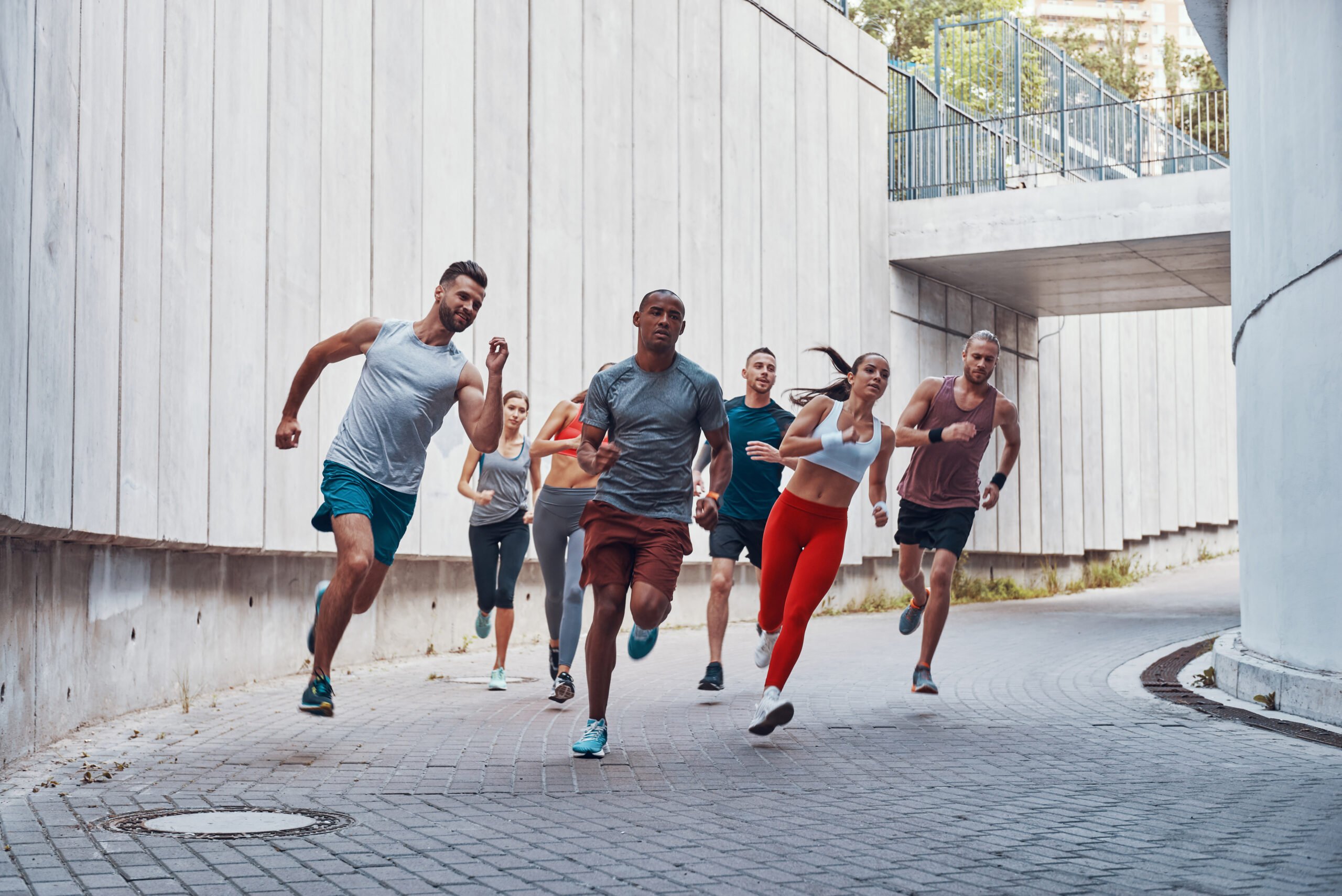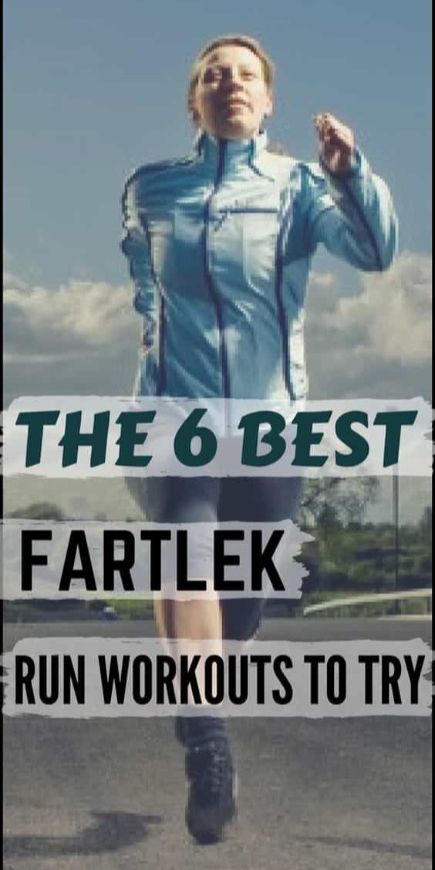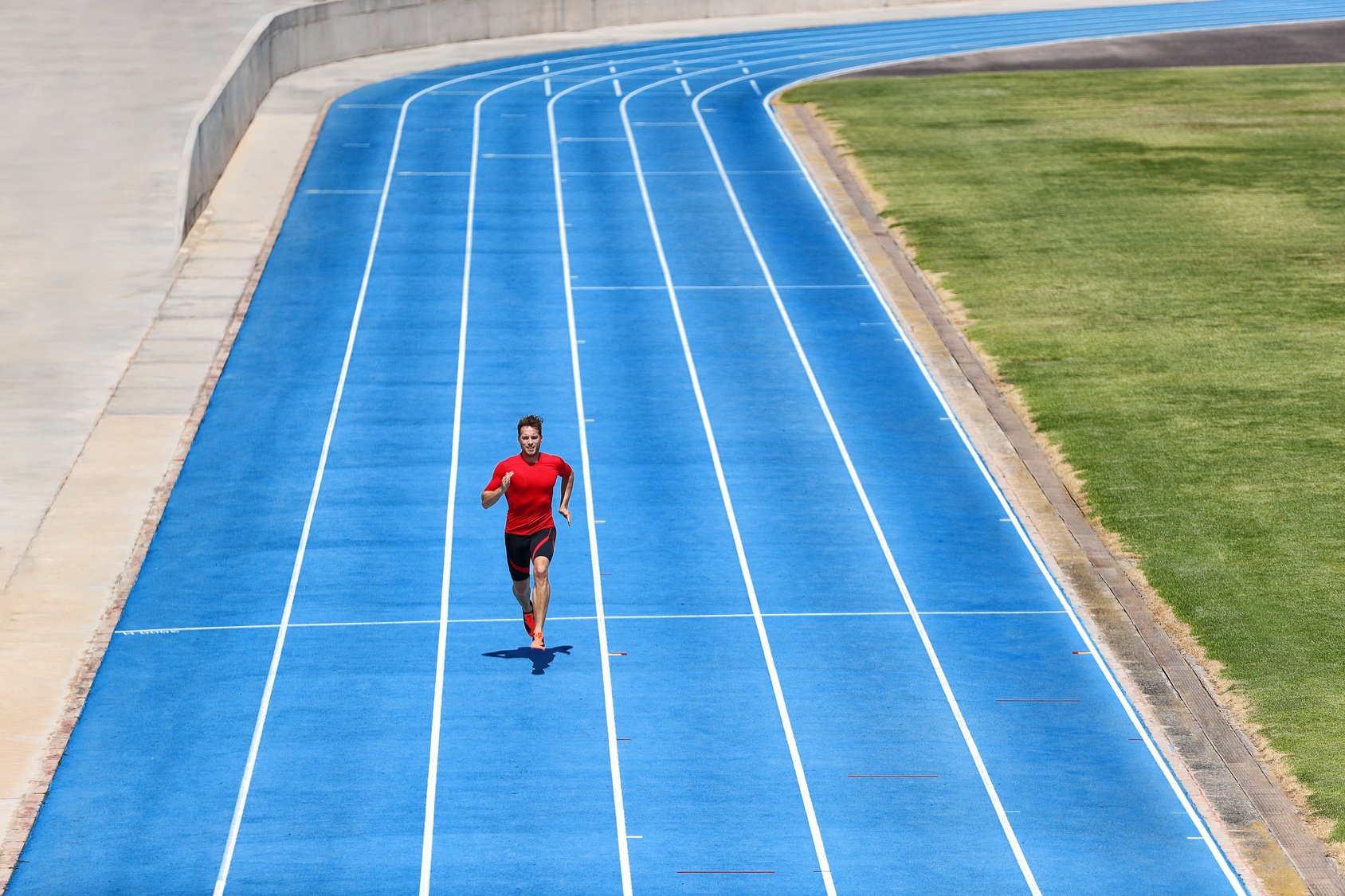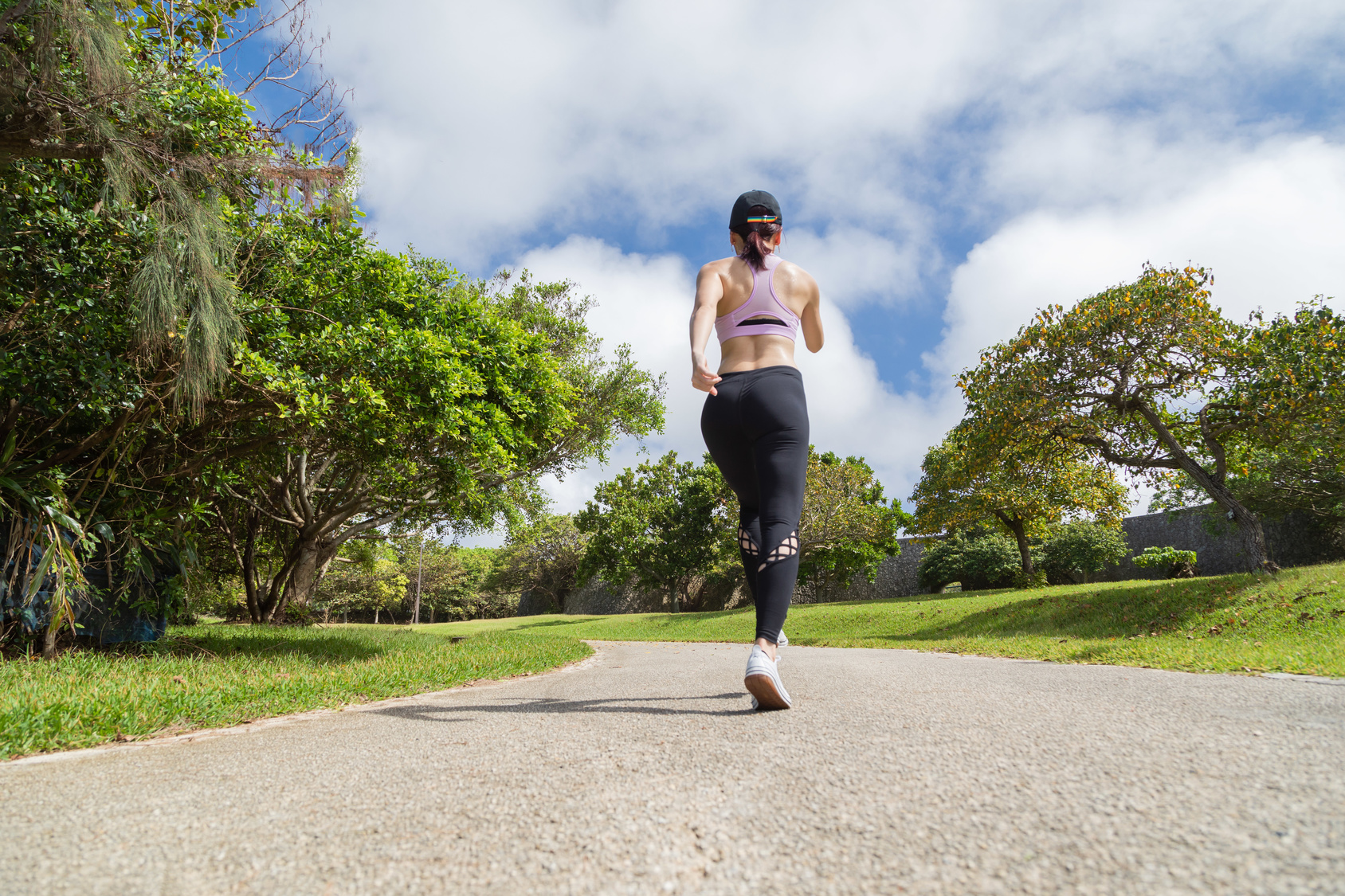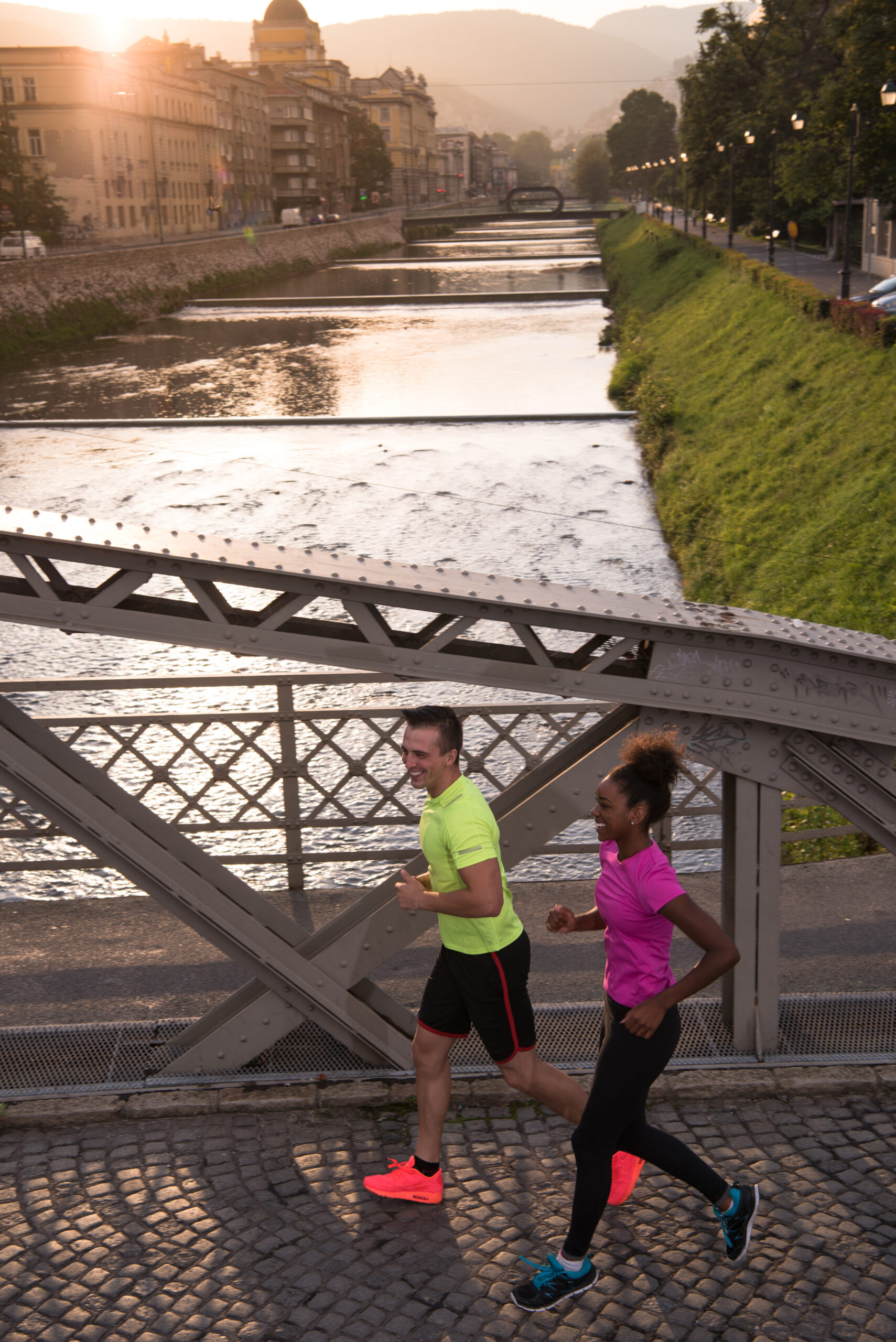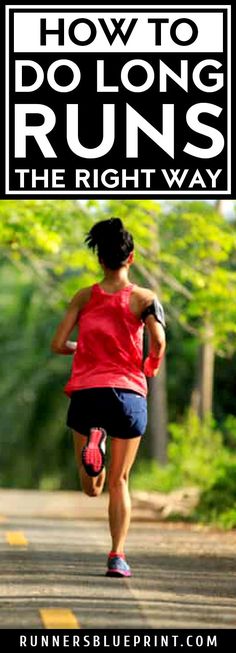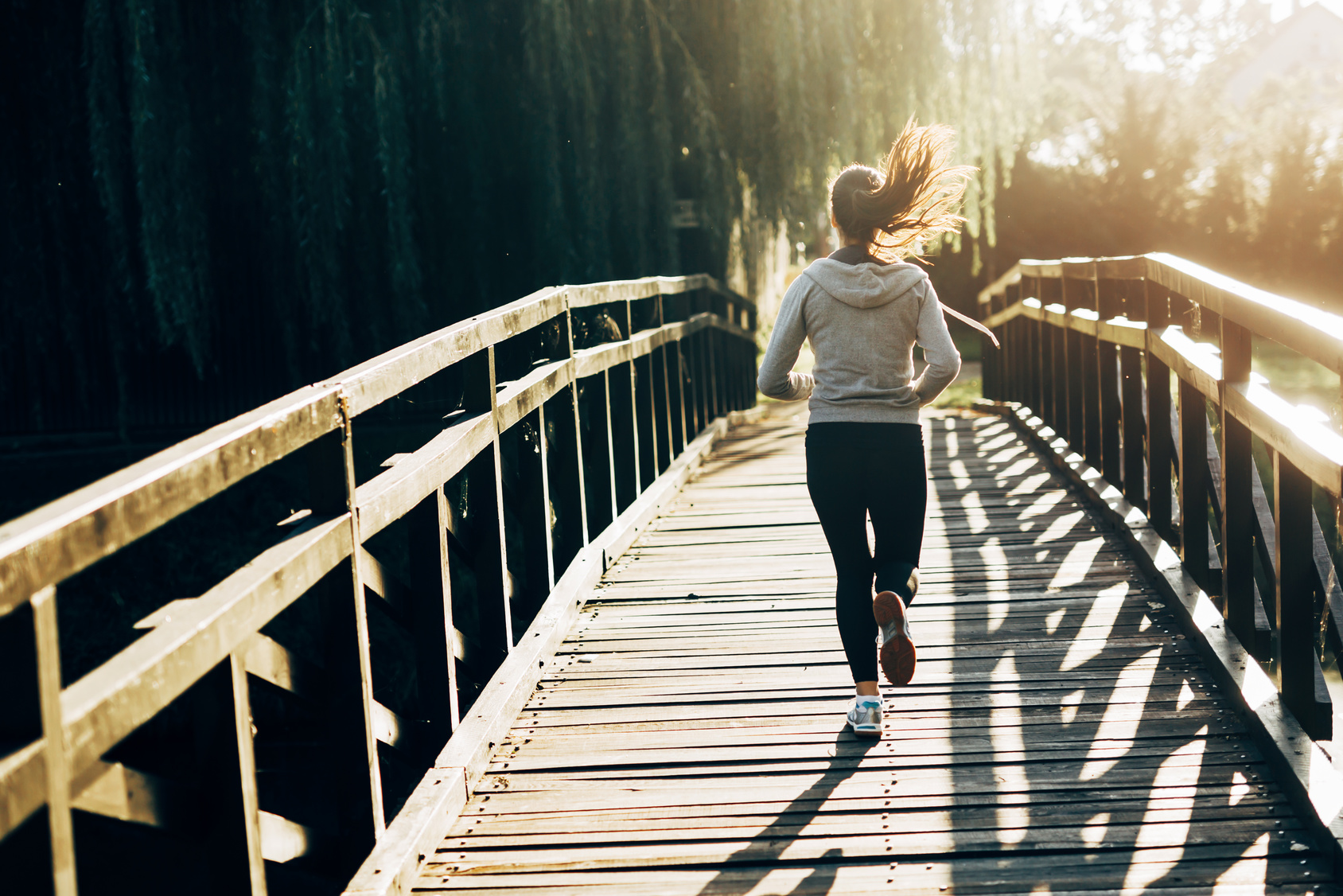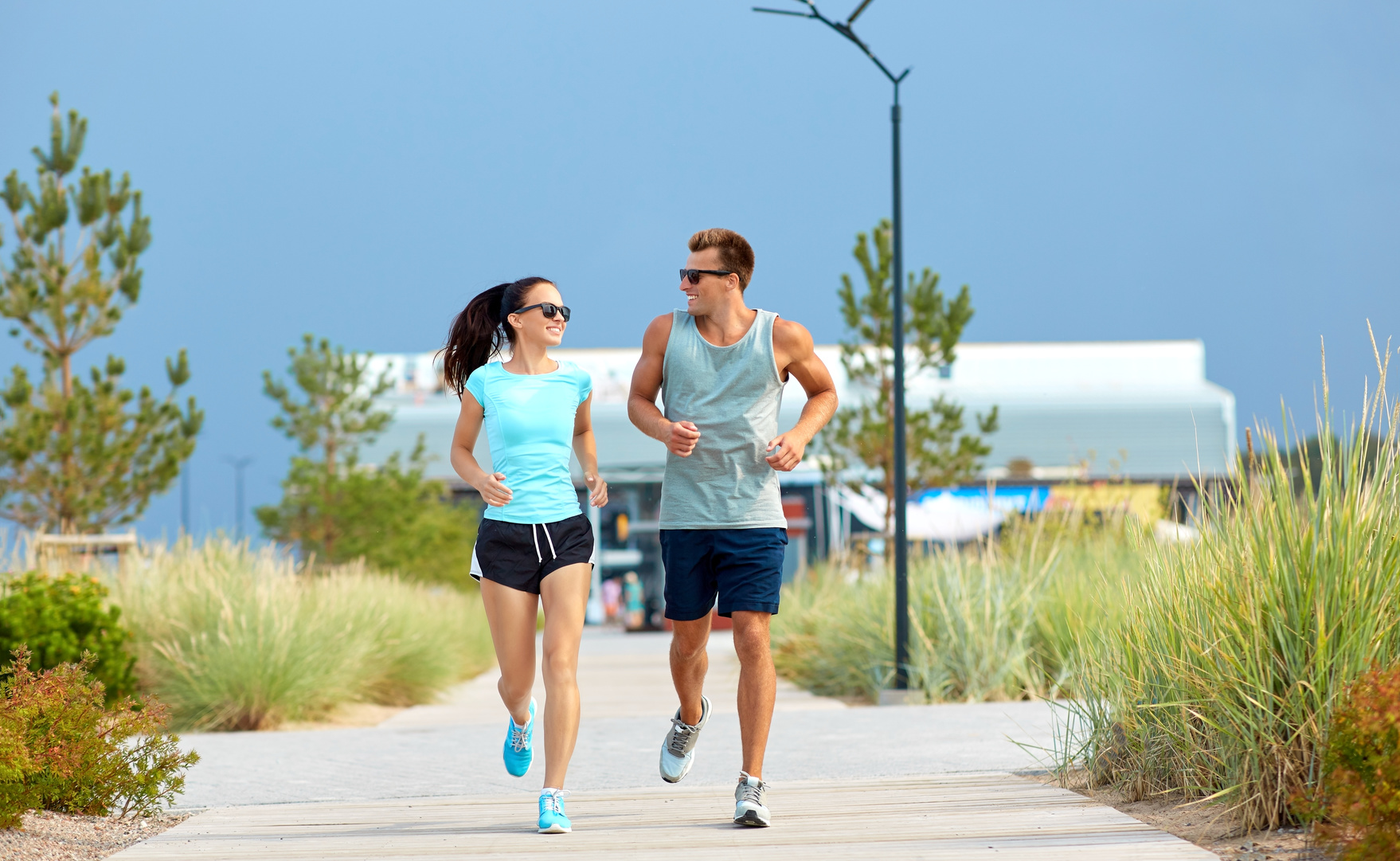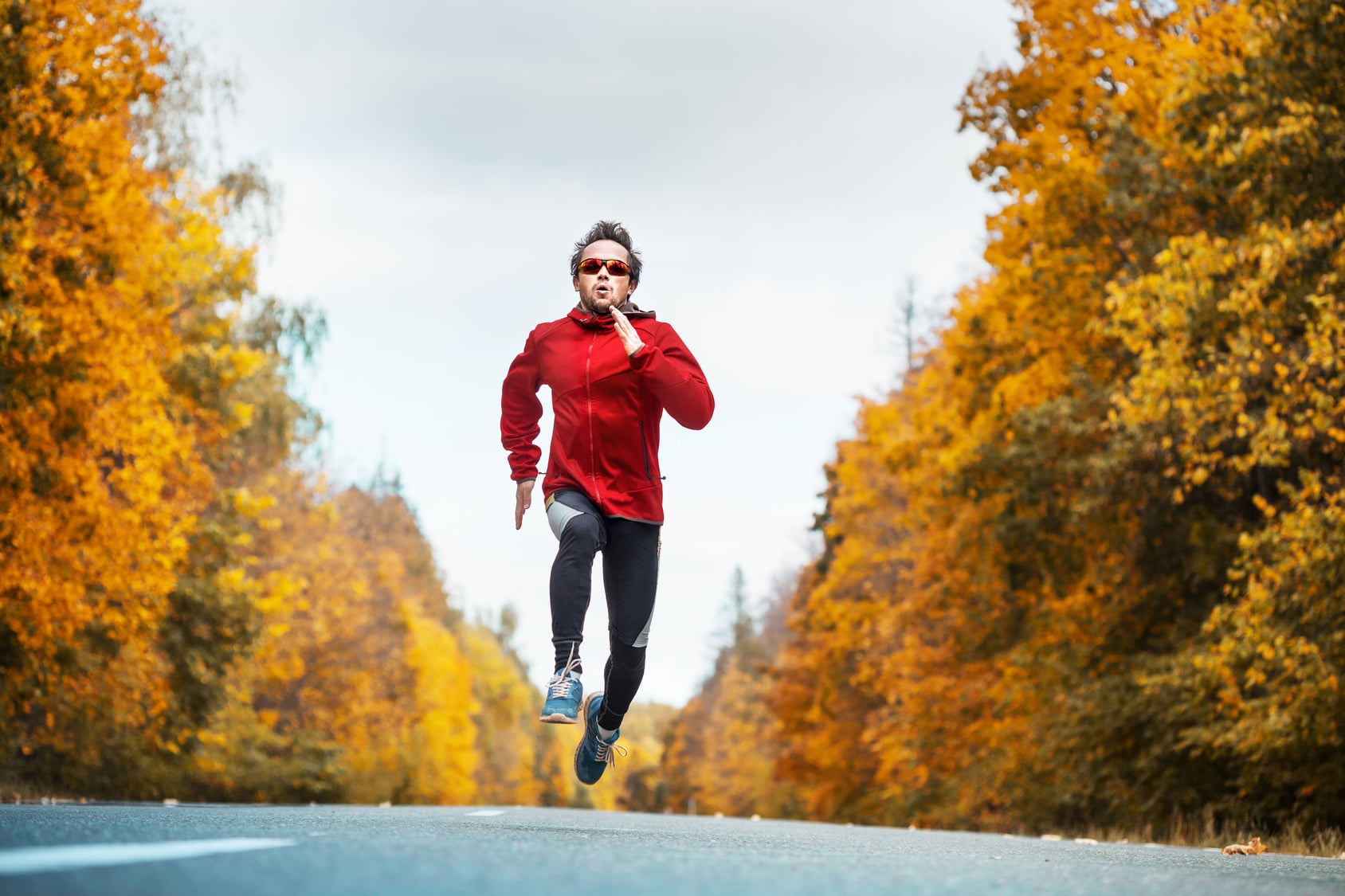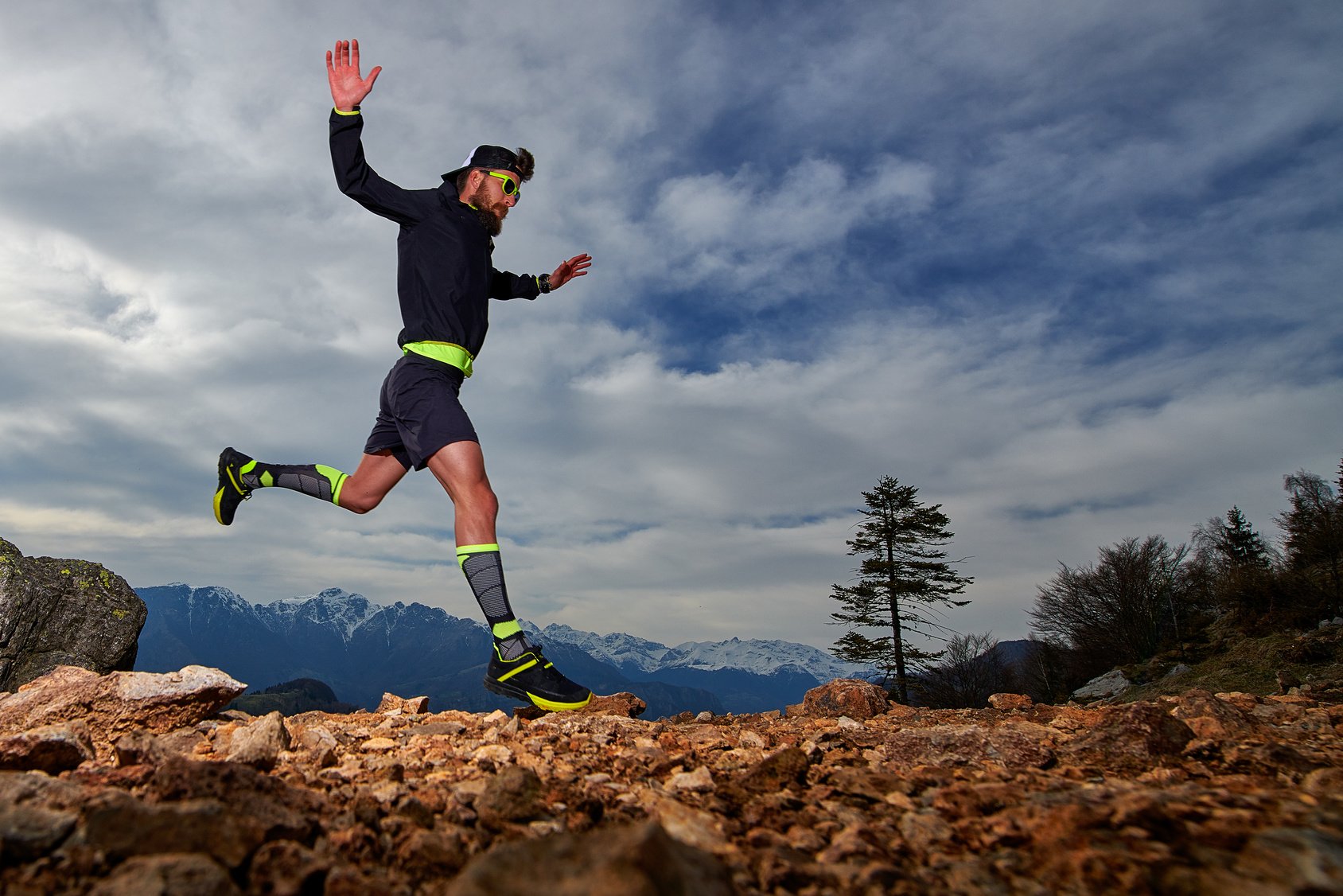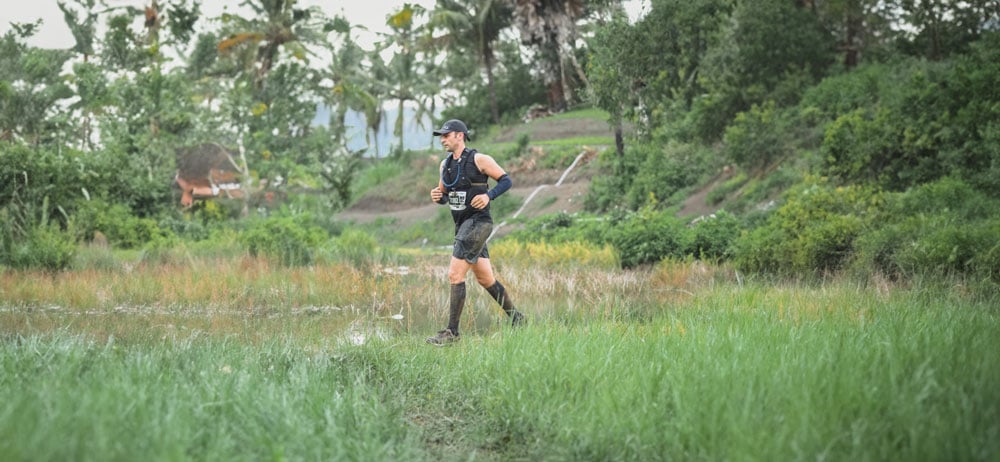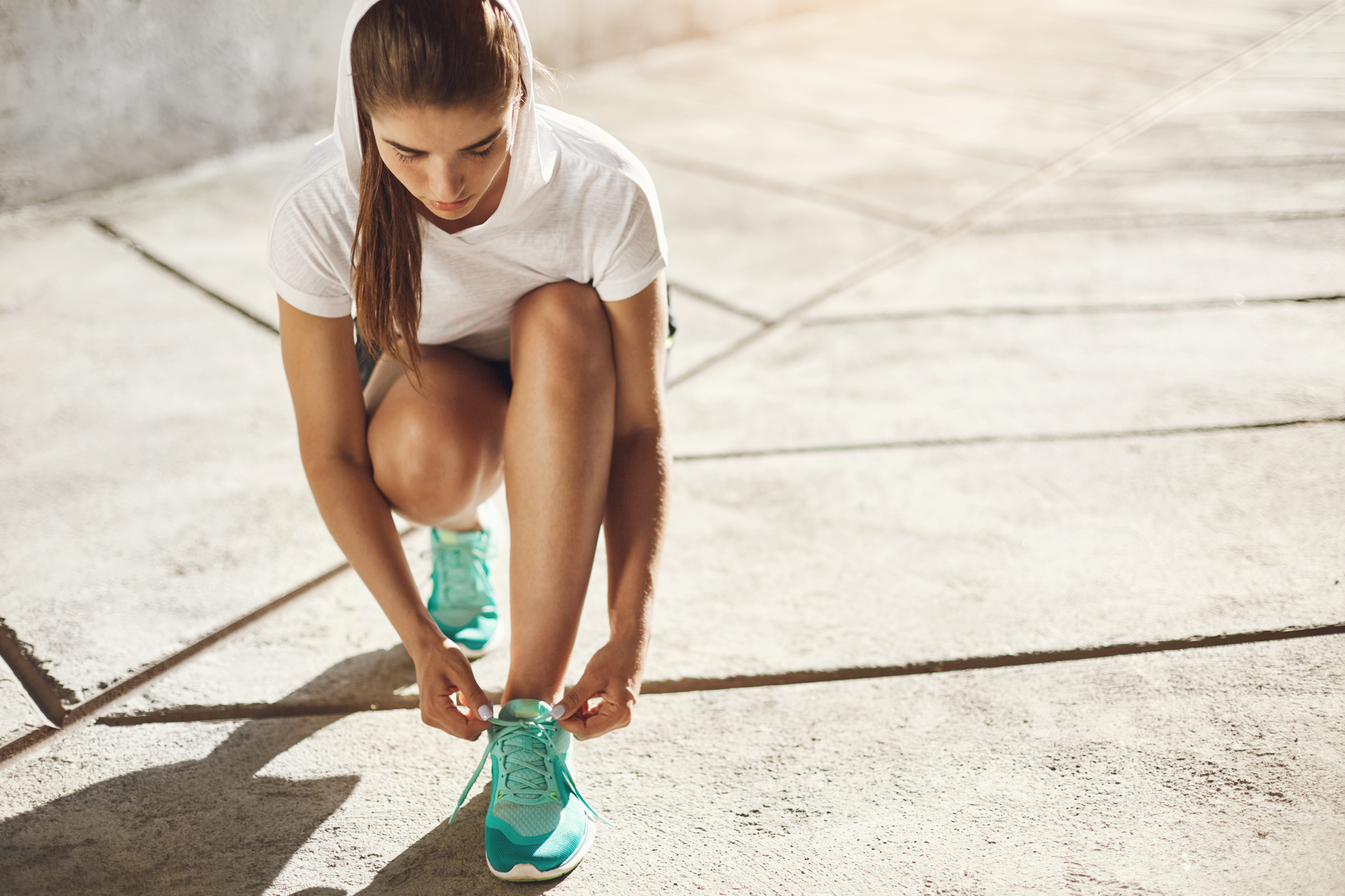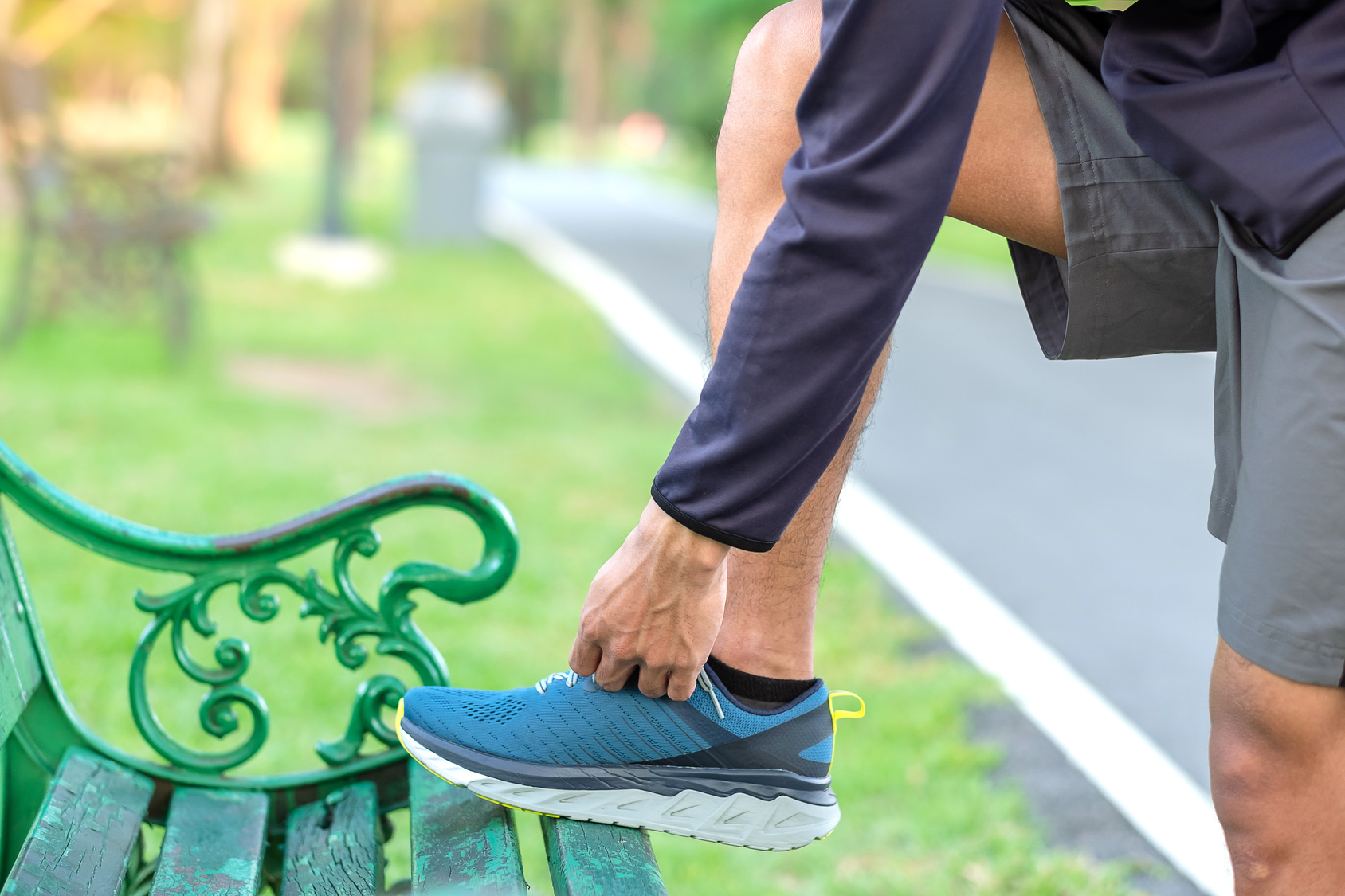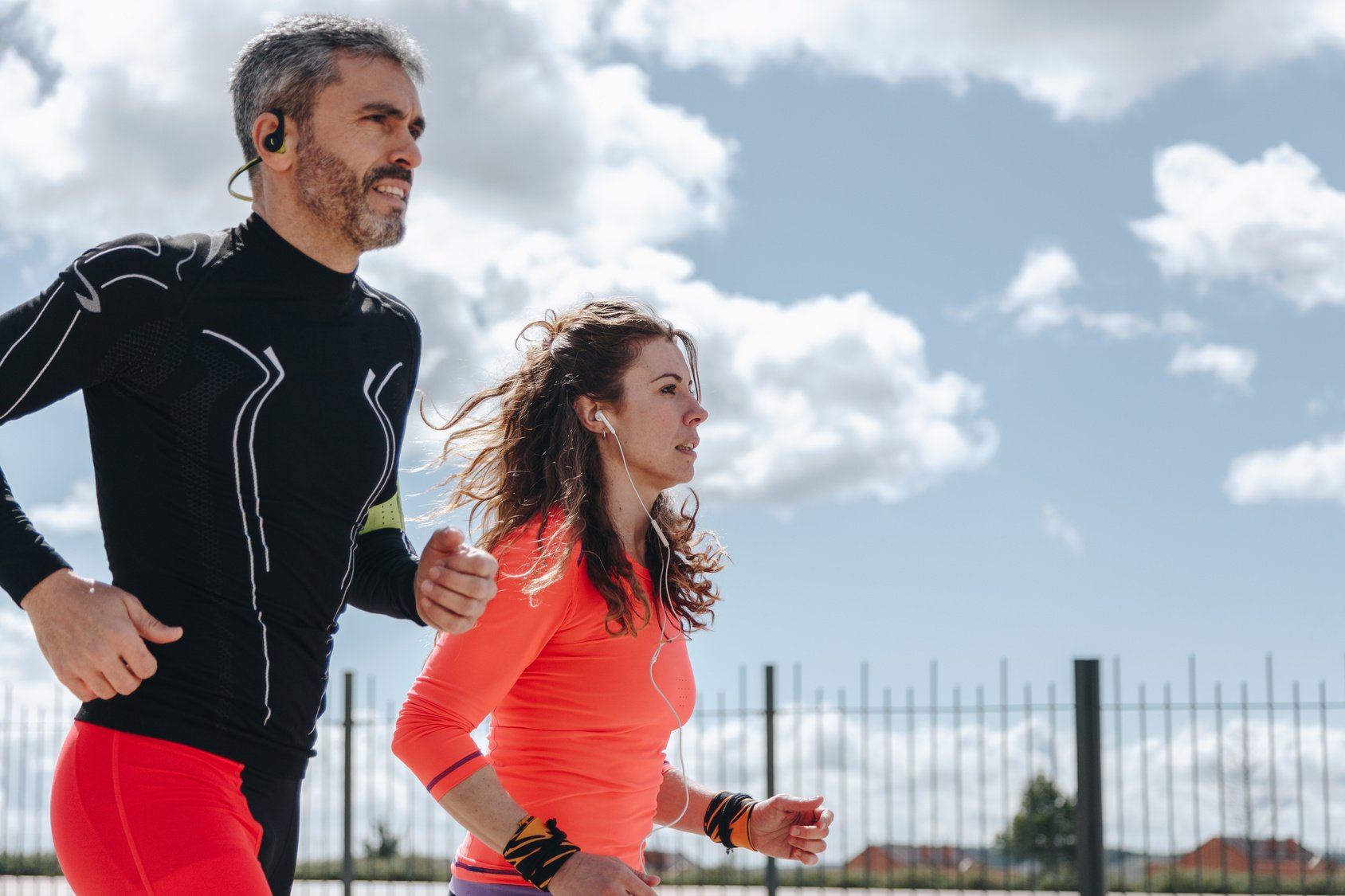If you’re looking for a way to spice up your runs, make your training more exciting, and become a faster, stronger runner—then fartlek training is the answer!
Fartlek, which means “speed play” in Swedish, is a great way to mix up your pace, improve your endurance, and inject some fun into your running routine.
In this article, we’ll break down everything you need to know about fartlek training: what it is, the benefits and potential downsides, how often you should do it, and some great routines to get you started.
What is Fartlek Training
Imagine playing tag or hide and seek—it’s fun, spontaneous, and dynamic.
Fartlek brings that playful spirit to your runs by mixing up your pace and intensity based on how you feel and your surroundings.
In a fartlek run, you switch it up between quick sprints and slower recovery jogs.
Unlike structured interval training, fartlek has no set distances or times. It’s all about listening to your body and adjusting your speed on the fly.
For example, you might sprint to the next tree, then slow down to jog until you feel ready to speed up again. It’s like riding a roller coaster with ups and downs that keep your body guessing and adapting.
What’s great about fartlek training? Its flexibility
Whether running solo, enjoying a scenic trail, or even navigating city streets, fartlek can be seamlessly integrated into any running environment.
Plus, it keeps your workouts fun and engaging, preventing the dullness that sometimes comes with repetitive training.
If you want to learn more about the history and evolution of fartlek training, check out these sources:
- Fartlek – Wikipedia
- Science-backed benefits of Fartlek training
- Effects of fartlek training on muscular endurance
Fartlek vs. Interval Training: What’s the Difference?
You might think, “Isn’t fartlek just another form of interval training?” While they share similarities, there are key differences that set them apart:
Structure:
- Interval Training: Highly structured with specific distances or times for each interval and set recovery periods. For instance, you might run 400 meters at a fast pace, then walk or jog for 200 meters to recover.
- Fartlek Training: More flexible and spontaneous. There are no predefined distances or times; instead, you decide when to speed up and slow down based on how you feel or landmarks around you.
Flexibility:
- Interval Training: Follows a strict plan, making it easier to measure progress but can feel repetitive.
- Fartlek Training: Allows for more creativity and adaptability, making each run unique and enjoyable.
Continuous Movement:
- Interval Training: Typically involves stopping or walking to recover between high-intensity efforts.
- Fartlek Training: Involves continuous running, with speed changes happening seamlessly as you go.
Benefits of Fartlek Training
Fartlek training boosts your running performance and overall fitness in many ways
Let me explain more.
Improves Speed and Endurance
Fartlek training simultaneously targets your aerobic (endurance) and anaerobic (speed) systems. The bursts of fast running help improve your speed, while the slower jogs build your endurance. This dual approach makes fartlek one of the most efficient ways to enhance your overall running performance.
Enhances Mental Toughness
Mixing up your pace keeps your mind engaged and helps you develop mental resilience. You learn to push through discomfort during sprints and manage recovery periods effectively. This mental training is invaluable during races, especially when you need to maintain focus and motivation.
Prevents Boredom
Let’s be honest—running the same pace for miles can get monotonous. Fartlek training injects variety into your workouts, making them more enjoyable and less predictable. This variety helps maintain your enthusiasm and commitment to running.
Burns More Calories
Fartlek training is a form of high-intensity interval training (HIIT), which means it can help you burn more calories in a shorter amount of time. The intense bursts of speed elevate your heart rate, leading to increased calorie burn both during and after your workout. Studies have shown that HIIT workouts, including fartlek training, can burn up to 30% more calories than steady-state cardio.
Improves Race Performance
During a marathon, you might need to sprint to overtake another runner or slow down after a hill. Fartlek training mimics these scenarios, making you better equipped to handle them during actual races.
Downsides of Fartlek Training
While fartlek training has a lot to offer, I should also warn you about the potential downsides:
Not Ideal for Beginners
If you’re new to running, fartlek might be too intense initially. It’s crucial to build a solid aerobic base with consistent, steady runs before introducing speed play. Jumping into fartlek too soon can increase the risk of injury.
So if you’re a total noob, I’d urge to focus on establishing a regular running routine for at least 2-3 months before trying fartlek workouts.
Risk of Injury
The sudden changes in pace can put additional stress on your muscles, joints, and ligaments. Without proper warm-up and listening to your body, you might be prone to strains, sprains, or other injuries.
That’s why you should always start with a thorough warm-up and cool-down. Pay attention to your body’s signals and avoid pushing too hard if you’re feeling fatigued or experiencing pain.
Not Always Suitable for Group Runs
Fartlek training is often best done solo because it relies on personal pacing and spontaneity. If you’re running with a buddy who has a different pace or fitness level, it can be challenging to synchronize your speed changes.
If you prefer running with a partner, consider having designated segments where you both agree to speed up or slow down together, or let one person lead and the other follow their pace.
How Often Should You Do Fartlek Training
How often you should do fartlek training varies with your fitness level, experience, and goals.
Here’s what you need to do:
Start with one fartlek session every two weeks and gradually increase the frequency as your body adapts and you become more comfortable with the training method.
If you want to give it a try, simply warm-up, and then start inserting some surge effort every few minutes.
Still confused?
Here’s a general guideline:
- Beginners: Once every two weeks. Focus on building your endurance and getting comfortable with the varied pace changes.
- Intermediate Runners: Once a week. Incorporate fartlek into your regular training to continue improving speed and endurance.
- Advanced Runners: Up to twice a week. For those training for competitive races, adding multiple fartlek sessions can help fine-tune speed and race strategies.
How to Incorporate Fartlek into Your Routine
Adding Fartlek sessions to your routine is a great way to keep your training fresh and build speed without the pressure of structured intervals. Here’s how to work them into your plan for the best results.
Once a Week
Scheduling one Fartlek run each week is a great way to replace your regular speed or interval workout. Fartlek gives you the benefits of speed work but with a more relaxed, playful approach that makes it easier on both your body and mind.
I’d recommend a day in the middle of the week when your legs are fresh, and keep your long run or rest day on either side. This way, your Fartlek run adds variety to your week without compromising recovery.
Fartlek Training Workouts to Try
Ready to give fartlek training a try? Here are seven fantastic fartlek workouts you can incorporate into your running routine. Choose the ones that best fit your fitness level and training goals.
The 5K/10K Specific Fartlek Run
This workout is perfect for training for a 5K or 10K race. It helps build endurance and speed, essential for achieving a strong race performance.
What You’ll Do:
- Surges: Perform 8-10 gentle, controlled surges lasting 1 to 1.5 minutes each.
- Recovery: Jog at an easy pace for 1 minute between each surge.
- Intensity: Aim for 10-15 seconds per mile faster than your 5K race pace (about 85-90% effort).
- Duration: Total workout time is 20-25 minutes, plus a 5-10 minute warm-up and cooldown.
Why It Works: Running at this intensity improves your VO2 max, enhancing your body’s ability to utilize oxygen during exercise, which is crucial for speed and endurance.
Personal Experience: Incorporating this workout into my training helped me break through my plateau and achieve my best in my first 10K race!
The Fartlek Run Surges
This workout focuses on building strength and endurance, ideal for those training for longer distance events like half-marathons and marathons.
What You’ll Do:
- Warm-Up: 10-15 minutes of easy jogging.
- Surges: Pick up the pace for 1 minute every 7-8 minutes, aiming for at least eight surges throughout your run.
- Cooldown: Finish with a 10-minute easy jog to decrease your heart rate.
Why It Works: This method helps you develop the ability to sustain a faster pace for longer periods, which is essential for longer races.
Personal Tip: During my longest training run each week, I add these surges to simulate the fatigue and varying paces you encounter in a marathon. It made the actual race feel much more manageable.
The Pyramid Fartlek Run
The Pyramid Fartlek Run is for you if you prefer a more structured fartlek workout. It mimics the varying efforts you’ll experience during a race.
What You’ll Do:
- Warm-Up: 10-minute easy jog.
- Intervals:
- 2 minutes at 5K pace
- 2 minutes easy jog
- 3 minutes at a 10K pace
- 2 minutes easy jog
- 4 minutes at a half-marathon pace
- 2 minutes easy jog
- 4 minutes at a half-marathon pace
- 2 minutes easy jog
- 3 minutes at a 10K pace
- 2 minutes easy jog
- 2 minutes at 5K pace or faster
- Cooldown: 10-minute easy jog.
Why It Works: This structured approach helps you handle different race scenarios, building both speed and endurance in a balanced way.
Personal Insight: I found this workout particularly useful during peak training weeks before races, as it closely mimicked the varied pace demands of race day.
The “Surroundings” Fartlek Run
This workout is about letting your environment dictate speed changes, making your run more interactive and fun.
What You’ll Do:
- Warm-Up: 10-minute easy jog.
- Surges: Choose landmarks (like a telephone pole, mailbox, or tree) and sprint to each one.
- Recovery: Slow down to your normal running pace once you reach the landmark and recover until you decide to pick another landmark.
- Safety: Stay aware of your surroundings and adjust your pace based on traffic and terrain.
Why It Works: It keeps your mind engaged and makes running feel like a game, which can be especially motivating and enjoyable.
Personal Story: On a sunny Saturday morning, I ran to every streetlight I passed. It turned a routine run into an exciting adventure, making the miles fly by!
The Music Fartlek Run
Turn your running playlist into a fartlek guide by using the tempo of your songs to dictate your pace changes.
What You’ll Do:
- Warm-Up: Start with a 5-10 minute easy jog.
- Surges: Sprint or run at a faster pace during high-tempo songs (around 160 BPM).
- Recovery: Slow down during slower songs (around 120 BPM).
- Cooldown: End with a 5-minute easy jog.
- Playlist Example:
- Warm-Up:
- “Raise Your Glass” – Pink (120 BPM)
- “Blow” – Keisha (120 BPM)
- First Surge:
- “Hey Ya!” – Outkast (160 BPM)
- Recovery:
- “Blurred Lines” – Robin Thicke (120 BPM)
- Second Surge:
- “Forever” – Drake, Kanye West & Eminem (160 BPM)
- Recovery:
- “Lights” – Ellie Goulding (120 BPM)
- Third Surge:
- “Pain” – Three Days Grace (160 BPM)
- Recovery:
- “Bleeding Out” – Imagine Dragons (120 BPM)
- Fourth Surge:
- “In Pieces” – Linkin Park (160 BPM)
- Cool Down:
- “All These Things I’ve Done” – The Killers (120 BPM)
- “Sail” – AWOLNATION (120 BPM)
- Warm-Up:
Why It Works: Music naturally motivates you and helps you manage your pace without watching the clock.
Personal Tip: I love creating themed playlists for different types of runs. It adds an extra layer of enjoyment and helps me stay committed to my training.
The Multi-Sprint Sports Fartlek Run
Perfect for athletes who participate in sports requiring quick bursts of speed and agility, like soccer, basketball, or football.
What You’ll Do:
- Warm-Up: 10-15 minutes of easy jogging.
- Intervals:
- 60-second run at 70% maximum effort
- 90-second hard run at 80% maximum effort
- 45-second jog at 60% maximum effort
- 20-second sprint at 90% maximum effort
- Run backward for 1 minute at your fastest pace
- 45-second jog for recovery
- Run hard for 1 minute
- Repeat: Complete this cycle 2-3 times.
- Cooldown: 10-minute easy jog.
Why It Works: This dynamic workout improves your ability to handle varying intensities and directions, which is essential for sports performance.
Personal Experience: Integrating this workout into my training during sports season helped me stay agile and quick on the field, improving my overall game performance.
The Treadmill Fartlek Run
Can’t enjoy the outdoors? No problem! You can still get the benefits of fartlek training indoors with your treadmill.
What You’ll Do:
- Warm-Up: 10-minute easy jog at 7 MPH.
- Surges:
- Speed up to 10 MPH for 1 minute.
- Maintain 10 MPH but increase the incline to 6% for 30 seconds.
- Recover by jogging at 7 MPH for 3 minutes.
- Speed up to 11 MPH for 2 minutes.
- Reduce speed to 9 MPH but increase the incline to 7% for 1 minute.
- Slow down to 6 MPH for 3 minutes.
- Keep the same speed but increase the incline to 7% for 2 minutes.
- Maintain the same incline but speed up to 9.5 MPH as long as you can run well.
- Cooldown: 5-minute slow jog at your cool-down pace.
The Conclusion
Whether aiming for a personal record or just some fun, fartlek training is a thrilling break from your usual routine
It’s a fantastic way to improve your running performance while keeping your workouts fresh and engaging. Give it a try on your next run and see just how fun and challenging it can be!
Got any fartlek stories or questions? Drop a comment below.

